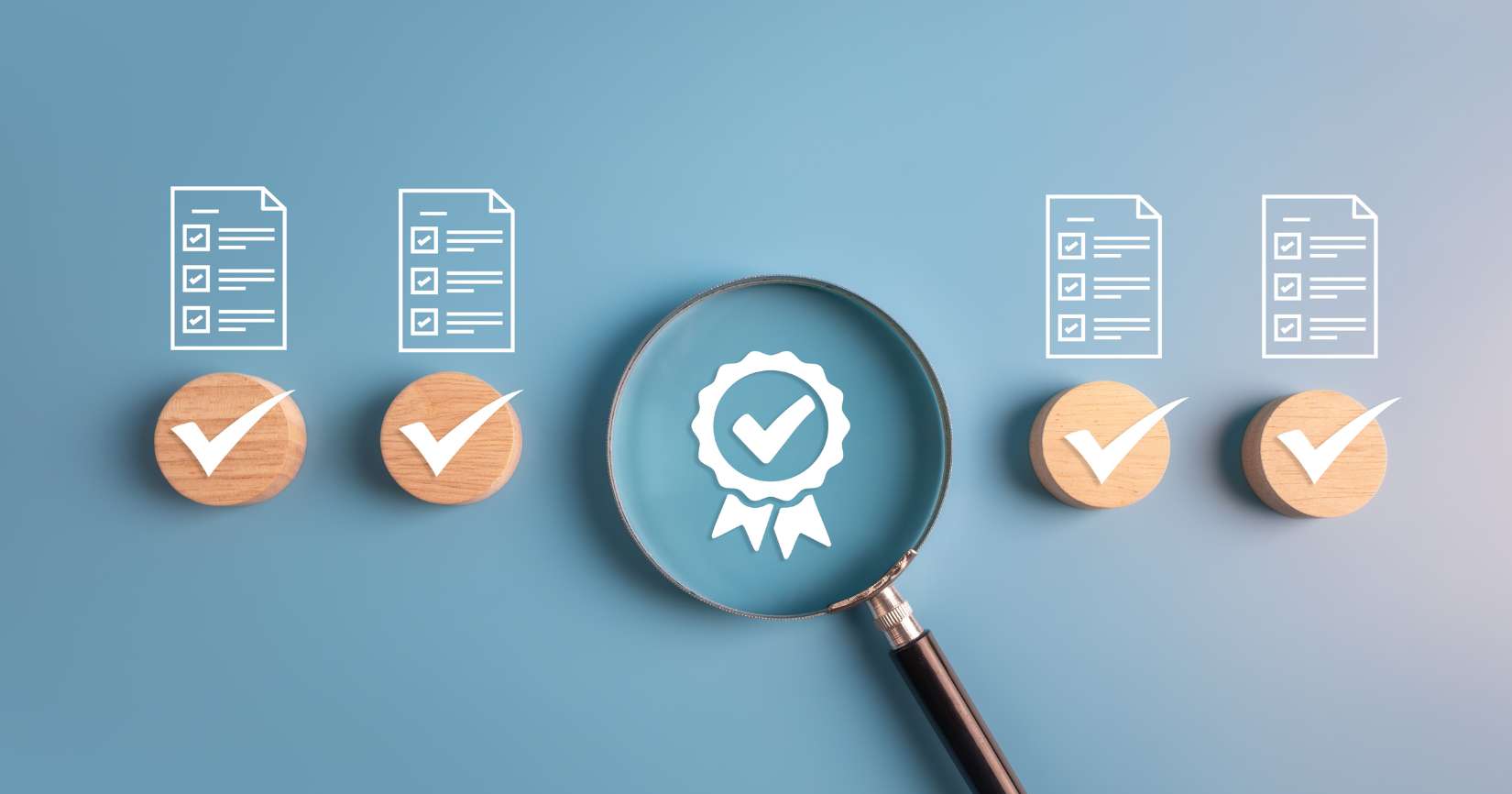
A business plan is something that you will use over and over again. From testing your idea to applying for a loan and ensuring that your ideas align internally, a business plan acts as the tool that communicates the what, where, why and how of your enterprise. So, let’s take a look at how to draft a business plan.
A business plan is the document that investors use to determine if a business is worth investing in, and what business owners use to spot any weaknesses they need to address. It is a common structure to lay out the ideas of a venture so they can easily be communicated. Here are some reasons to have a business plan in place:
- Strategic planning by clarifying ideas and understanding the resources required.
- Evaluating ideas by seeing them on paper.
- Researching customer and competitor profiles.
- Make recruiting easier by communicating the company vision to potential employees.
- Propose ideas for partnerships by showing brands your vision.
If you’re looking for a structured way to lay out your thoughts and ideas, and to share those ideas with people who can have a big impact on your success, a business plan is an excellent starting point.
Types of Business Plans
It’s important to note that multiple kinds of business plans exist. These fall into two main categories: traditional or lean start-up.
Traditional Business Plans
This type is the more common business plan. It is also the structure that most people are used to seeing. The traditional business plans explains each section in more detail and therefore are often much longer. Your business will present this document when applying for a loan or asking investors to invest.
Lean Start-up Business Plans
Following this less common example, lean start-up business plans follow the standard structure but rely more on summaries. The most important points are highlighted and due to its short form, can be constructed within hours. This is the plan that communicates ideas on a high level.
Elements of a Business Plan
There are essential parts of a business plan that you need to include. These consist of:
- An executive summary
- A business description
- Market description
- Organisation and management
- Products or services offered
- Marketing plan
- Funding requirements
- Financial projections
- Risk analysis
- Appendix
How to Choose the Right Business Plan for Your Business
Choosing the right business plan is vital in ensuring that you communicate the right information in the right way to the right channel. You can determine this by taking a look at the function it will serve. Here are the functions of a business plan and the audience who will see it.
Lean Business Plan For An Internal Audience. Its function is to serve as a loose guide of objectives and timeline. It also has another function as a means to test the idea when you are launching your start-up.
Traditional Business Plan For An Internal Audience. Its function is to serve as a detailed, brass-tacks blueprint of business goals and timelines that will guide management.
Strategic Business Plan For An Internal Audience. Its function is to serve as a strategic document with a narrative focus on organisation-wide goals, priorities, and vision. This will guide internal stakeholders in the right direction.
Traditional Business Plan For An External Audience. Its function is usually to serve as a way to help earn a company loan or grant, especially when it focuses on financial documents.
Traditional or Strategic Business Plan for an External Audience. When the business plan is more strategic, it is used to attract investors or potential partners. For this reason, it focuses on both financial aspects and support departments such as sales and marketing.
When creating a business plan, you can use the elements that are relevant to your business. You can also change the structure of the business plan, as long as you start with the executive summary.
Now that you know how to draft a business plan, and in which instances what type will be more useful, you are ready to create your own document. Do you want to skip the hassle? Download the free template.
Starting a business is full of uncertainties, but you don’t need to struggle alone. Ask for help, ask a mentor.






